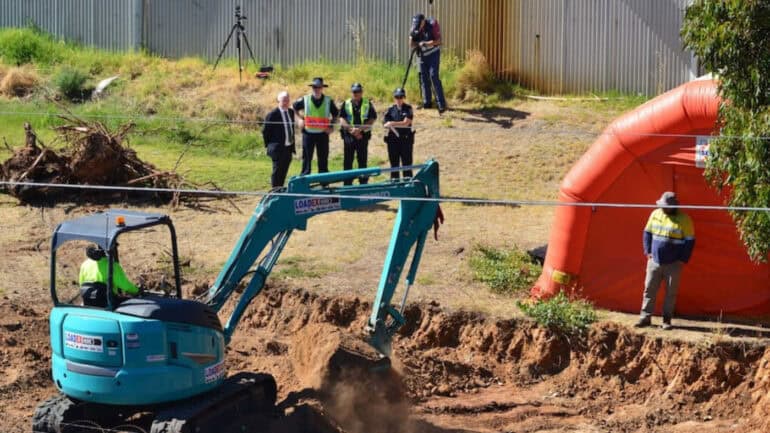On Australia Day 1966, three young siblings caught the bus to Glenelg Beach, Adelaide. The Beaumont Children told their mother they’d be back by noon, but haven’t been seen since.
Within just 24 hours, a search began and the case has gripped Australians to this day.
22 years after the children went missing, Bill Hayes, a detective at the time, took on the case. Hayes is still trying to solve the case almost 60 years later.
Former detective Bill Hayes unpacks his investigation of the missing Beaumont Children on this episode of Crime Insiders:
The last day the Beaumont Children were seen
Jane (aged 9), Arnna (aged 7) and Grant (aged 4) caught the bus from their Somerton Park home and were last seen at Wenzel’s Cake shop in Glenelg.
Police and the public soon suspected the children had been abducted and murdered.
“They had left home with a few shillings,” Hayes said, “They had a £1 note when they arrived at Wenzel’s Bakery.”
“A £1 note in today’s money would be worth about $39 to $40. A massive amount of money for three little children,” he said.
At Wenzel’s cake shop, the children bought five pasties, a pie and three large bottles of lemonade.
“Where was the rest of that food going? Where did they get the pound note from?” Hayes wondered.
A person of interest who dug a hole two days later
Numerous suspects came to light, said Hayes, but one in particular still stands out to him today.
Police described Harry Phipps as a person of interest. Phipps was an Adelaide businessman who died in 2004. He owned a factory site called Castalloy on Mooringe Avenue at North Plympton.
Two days after the children disappeared, the suspect paid two teenage boys to dig a deep hole in a sandy area of his factory site.
The teens weren’t told why the man needed the hole dug and there was no clear purpose for it.
“Why dig the hole to put nothing in it? It doesn’t make sense,” Hayes said.
Police conducted a dig of the former factory site, but didn’t find anything. Experts have said that they didn’t dig far enough.
Stay up-to-date on the latest news with The National Briefing – keeping you in the loop with news as it hits:
A third and potentially final search of the property
A third search of the former Castalloy site is scheduled to begin on Saturday February 22, Independent MP Frank Pangallo told ABC.
Pangallo said the third and possibly final search would be more extensive than previous efforts in 2013 and 2018.
Investigator Bill Hayes was one of the people who pushed SAPOL to excavate the grounds in 2018.
Hayes said they found animal bones, but nothing more.
“We thought, well, maybe they’ve been taken out. Maybe we were wrong,” Hayes said.
Why the site might not have been dig deep enough
Experts recently found the land was filled with soil to elevate the grounds after the children went missing.
Therefore, the level of the land when the boys dug the original hole was about 5.5 feet deeper than the land level now. This has since been confirmed with the Land Office.
The level of the land where the boys dug the original hole was about 5.5ft deeper than the land level. Now the level now has been raised, elevated by about 5.5ft to six feet.
Hayes said the job isn’t finished because “We’re six feet too shallow.”
“You dug down six feet in 2018. Well, that only takes you to the starting point as it was in 1966.”
Subscribe to Crime Insiders, taking you beyond true crime. In groundbreaking interviews, explore the world of policing and forensics through stories from the world’s most experienced and decorated experts.
